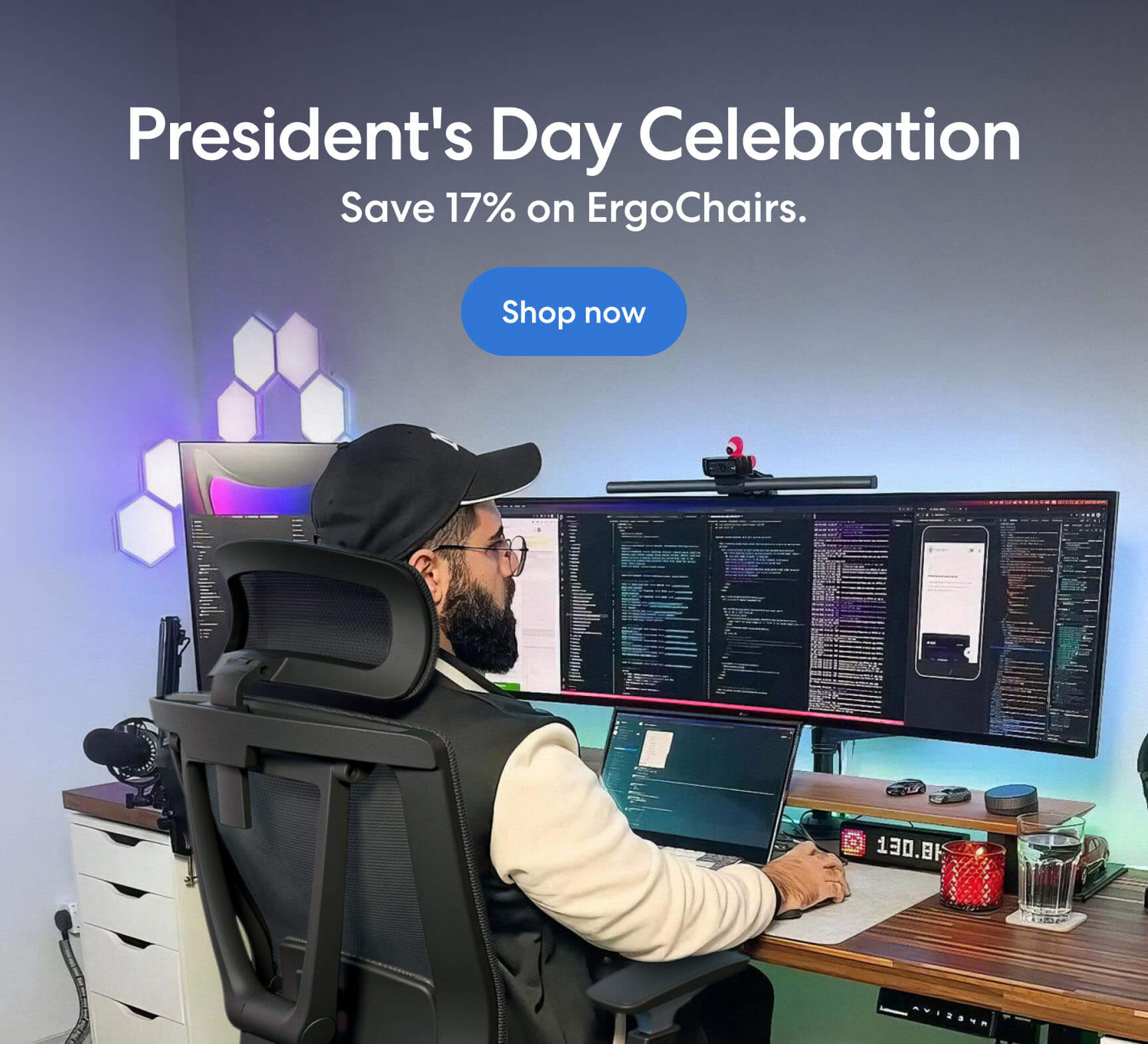
Table of Contents
Forget fidgeting and discomfort! Your simple office chair can become an ADHD office chair, a haven for big and tall bodies (best big and tall office chair if you will), or even an ergonomic chair dream, thanks to clever tweaks. This guide explores options like lumbar support for office chairs, optimal adjustments for big and tall individuals, and even the surprising potential of a yoga ball office chair. Uncover the key to a pain-free day of sustained focus by transforming your workspace with practical modifications that cater to your unique needs. Stop slouching and start living in the future of ergonomics; find out how to make the best chair for you by reading on!
Ergonomically Upgrading Your Simple Office Chair
Long hours spent battling an unsupportive office chair can leave you feeling defeated, both physically and mentally. But fear not! Even the most basic seating can be transformed into an ergonomic haven with a few strategic tweaks. Let's ditch the aches and pains and create a chair that works as hard as you do, starting with the fundamentals:
1. Find Your Perfect Fit
Before we go all-in on ergonomic upgrades, ensure your chair fits your body like a glove. Remember, the fanciest features won't work if the foundation is wrong. Grab your tape measure and get ready to adjust:
- Seat Height: Your thighs should be parallel to the floor with feet flat on the ground. Consider a footrest if your chair lacks height adjustment.
- Seat Depth: Slide forward until there's a 1-2 finger gap between the seat edge and your knees, preventing pressure on your thighs.
- Backrest: Adjust the angle for comfortable lumbar support. Aim for a slight recline (around 100-110 degrees) and ensure your lower back is fully supported.
2. Power Up with Posture Helpers
Now, let's add some ergonomic muscle! Here are your key allies:
- Lumbar Support Pillow: This plush buddy fills the gap between your lower back and the chair, promoting proper spinal alignment and reducing strain. Memory foam options are particularly comfortable.
- Footrest: If your feet dangle, a footrest keeps your knees bent at a healthy angle, improving circulation and reducing pressure on your back. Adjustable models allow for personalized comfort.
- Wrist Rest: Keep your wrists neutral and avoid carpal tunnel syndrome with a padded wrist rest. This ensures your forearms are supported while typing.
3. Embrace Mobility
Sitting statically isn't ideal. Consider these dynamic alternatives:
- Standing Desk Converter: Alternate between sitting and standing throughout the day. Standing desks improve circulation, boost energy, and even help with weight management.
- Exercise Ball: Feeling adventurous? Trade your chair for a stability ball! It engages your core muscles and improves balance, but starts gradually to avoid surprises.
4. Think Outside the Chair
Ergonomics go beyond your chair. Optimize your workspace, too:
- Monitor Height: Position your monitor at eye level to prevent neck strain. Use monitor stands or adjust your desk height if needed.
- Keyboard Placement: Keep your keyboard and mouse close to your body, with your elbows bent at a comfortable 90-degree angle.
5. Personalize and Experiment
The flexibility of ergonomics is what really makes it beautiful. Try different seating options, such as saddle stools or kneeling chairs, as well as tools and adjustments. Find what best fits the specific requirements of your body. Frequent breaks are essential. To keep your body happy and to break up sitting time, stand up, stretch, and perform simple exercises.
Establishing an ergonomic workstation is a continuous undertaking. Observe your body, try new things, and make necessary adjustments. Make an ergonomic haven out of your plain office chair as an investment in your well-being. Think of it as the foundation of your comfort and productivity, rather than just a piece of furniture. Your office chair has the power to spark a revolution in the workplace, and your health is the best investment you can make.
FAQs
1. What are the benefits of a simple office chair with wheels?
A simple office chair with wheels offers enhanced mobility, allowing users to move around their workspace effortlessly. This flexibility promotes dynamic work routines and easy access to different areas of your desk.
2. Is a simple office chair without wheels a good option?
Absolutely. A chair without wheels provides stability and focus, ideal for tasks that require concentration. It's a solid choice for those who prioritize stability over mobility in their workspace.
3. How can the design of a simple office chair impact ergonomics?
The simple office chair design plays a crucial role in ergonomics. Features like lumbar support, adjustable height, and comfortable materials contribute to creating a chair that supports your body's natural alignment, enhancing overall comfort and well-being.
4. What is a cross-legged office chair, and how does it differ from traditional designs?
A cross-legged office chair is a unique and stylish variation that deviates from conventional designs. It not only adds a touch of flair to your workspace but also provides stability and a distinctive seating experience.
5. How do footrests contribute to the comfort of a simple office chair without wheels?
Footrests help maintain healthy knee angles, improve circulation, and reduce pressure on the lower back. They add comfort and ergonomic support to chairs without wheels.
6. Can I customize the height of a cross-legged office chair?
Cross-legged chairs typically have a fixed height, so customization options may be limited. Ensure the chair's dimensions align with your desk for optimal comfort.
7. Can a simple office chair without wheels be moved easily?
While lacking wheels, some chairs have a swivel base or gliders, allowing for easy movement within a limited range. Consider your workspace layout when choosing.
Conclusion
Forget fancy features! Your simple office chair with no wheels or with wheels can unlock ergonomic comfort and peak productivity. Prioritize proper posture with adjustable designs, explore dynamic options like yoga balls, and remember, cross-legged chairs might not be the best fit. Listen to your body, experiment with mobile or stationary options, and make an informed choice for a workspace tailored to you. Invest in your well-being - transform your basic chair into your ergonomic throne!
Get exclusive rewards
for your first Autonomous blog subscription.
Spread the word
You May Also Like




-7512dd9e-3510-42ed-92df-b8d735ea14ce.svg)


